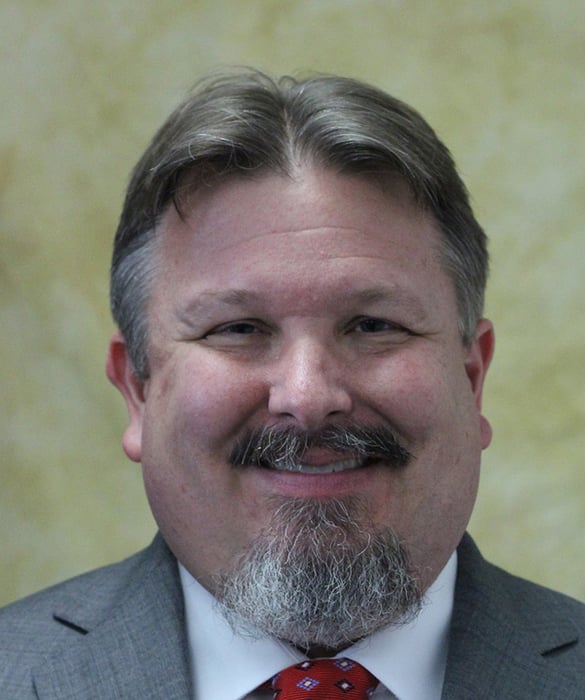Simulation-Informed Models for Amorphous Metal Additive Manufacturing
Additive manufacturing of amorphous metals is a potentially transformative technology for printing three-dimensional parts with superior strength and toughness. Since amorphous metals solidify without adopting a crystal structure, they do not form crystalline defects that can limit part performance. While the high cooling rates associated with using a laser to deposit metal on a surface are favorable for avoiding crystallization, the scanning of the laser can lead to subsequent crystallization and variations in properties from one location to another. These issues currently limit the technique to small scale and specialty parts. To overcome this limitation, machine learning approaches will derive meaningful measures of material structure from electron nanodiffraction and simulation data. Upon this foundation, the research team will build simulation-informed models, tools that will predict how processing gives rise to the strength and toughness of the resulting materials. These models will be tested by direct comparison to experiment, laying the scientific groundwork for computational design tools for additive manufacturing of amorphous metals. Concurrently, the three universities engaged in this research will form a learning community to support graduate student professional development in online communication. This community will distill and disseminate the investigators' experiences developing online content for courses, engaging in public communication, and building outreach programs for underserved communities. The modules developed will teach tomorrow’s researchers how to effectively engage diverse audiences of various ages. Taken together, the proposed work supports national priorities in advanced manufacturing technology and workforce development, particularly at the intersection with mathematical methods and data science.




